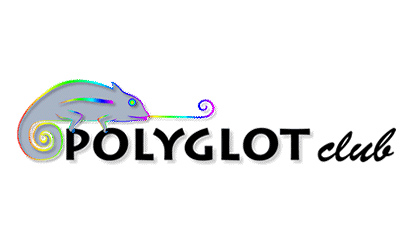PS: Discover these free Hungarian lessons: Free exercises: Greetings — Holidays and Celebrations — Plural — Hungarian history and folklore
- vincent
 September 2022
September 2022
GIVE ANSWERS
 | MuYangDecember 2022 In Hungarian, when conjugating verbs, the past tense is expressed by writing the appropriate word endings at the end of the conjugated verbs: Present tense: Én megyek. (-ok, -ek, -ök) / I’m going. Én állok. / I am standing. Te mész. (-sz, -ol) / You are going. Te állsz. / You are standing. Ő megy. / He is going. Ő áll. / He is standing. (Conjugation in the third person singular is a bit more complicated and requires a longer description) Mi megyünk. (-ünk, -unk) / We are going. Mi állunk. / We are standing. Ti mentek. (-tok, -tek, -tök) / You are going. Ti álltok. / You are standing. Ők mennek. (-nak, -nek) / They are going. Ők állnak. / They are standing. Past tense: Én mentem. (-tem, -tam) / I was going. Én álltam. / I was standing. Te mentél. (-tél, -tál) / You were going. Te álltál. / You were standing. Ő ment. (-t. -ett, -ott) / He was going. Ő állt. / He was standing. Ő evett. / He was eating. Ő futott. / He was running. Mi mentünk. (-unk, -ünk) / We were going. (We went) Mi álltunk. / We were standing Ti mentetek. (-etek, -atok) / You were going. Ti álltatok. / You were standing. Ők mentek. (-ek, -ak) / They were going. Ők álltak. / They were standing. Explanation: I illustrate the endings in this way ”-ok, -ek, -ök”, because the vowels, unfortunately, are different from all verbs, as required by the developed, traditional sound harmony of the language, but the consonants are the same as a template, and this makes it easier to use the endings . |
















































